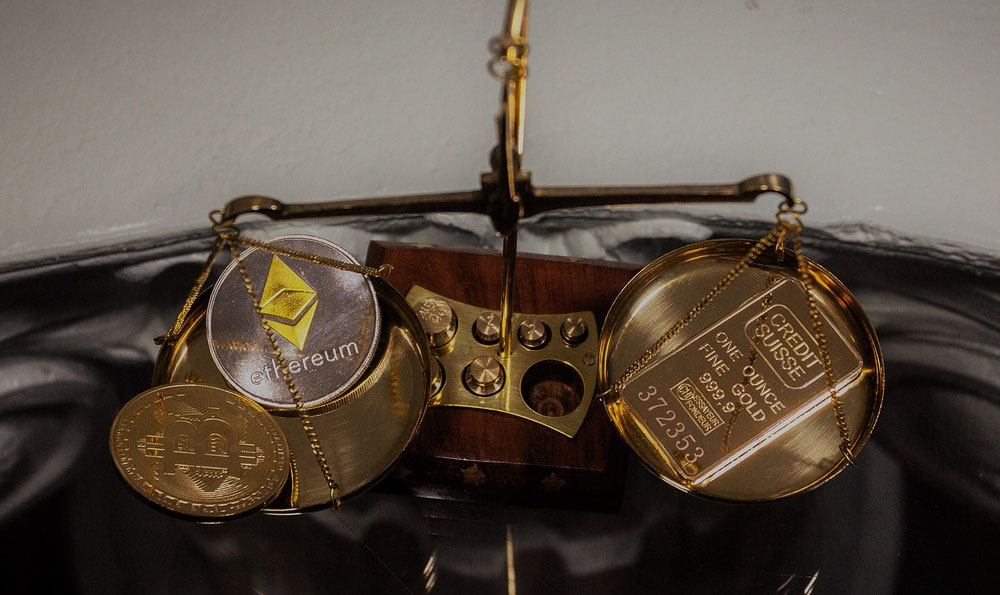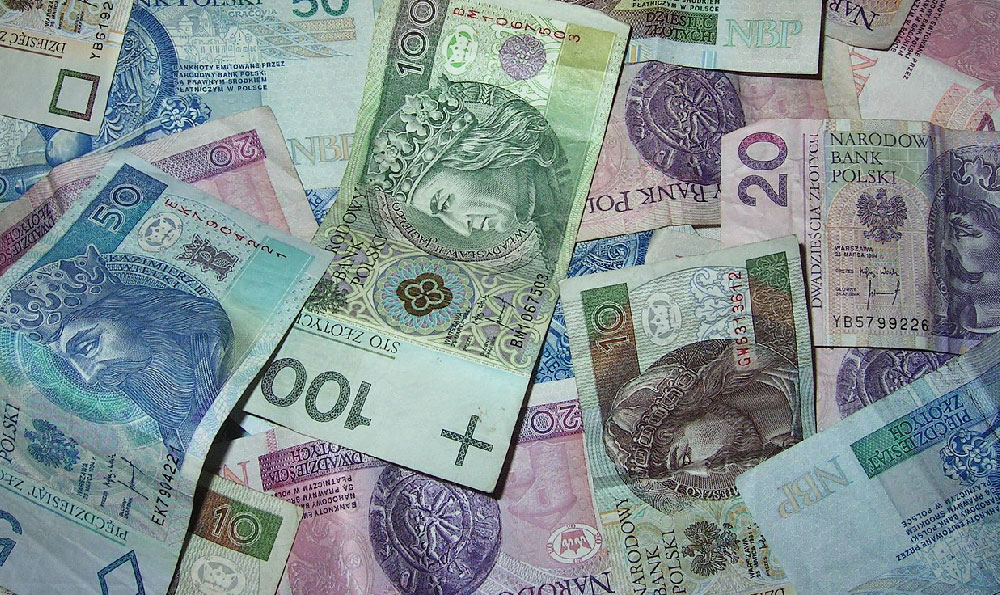Chase Investment accounts offer a convenient platform for managing investments, but understanding the nuances of features like dividend reinvestment plans (DRIP) is crucial for optimizing your investment strategy. Deciding whether or not to enroll in DRIP within your Chase account involves weighing the benefits and drawbacks in relation to your specific financial goals, risk tolerance, and investment horizon.
DRIP, at its core, is a simple yet powerful mechanism. Instead of receiving cash dividends, those payments are automatically used to purchase additional shares of the underlying stock or fund. This essentially allows you to reinvest your earnings, compounding your returns over time. The appeal lies in its automation, saving you the effort of manually reinvesting dividends, and the potential for accelerated growth, especially in the long run.
One of the primary advantages of DRIP is the power of compounding. Reinvesting dividends allows you to purchase more shares, which in turn generate more dividends, creating a snowball effect. Over time, this can significantly amplify your returns, particularly when investing in stable, dividend-paying companies or funds. Consider a hypothetical scenario: You own shares of a company that pays a 3% annual dividend. Without DRIP, you receive this dividend as cash and might spend it. With DRIP, however, you use that 3% to buy more shares. The next year, you earn dividends not only on your original shares but also on the shares you purchased with the previous year's dividends. This incremental growth accumulates over time, leading to substantial long-term gains.

Furthermore, DRIP often allows for fractional share purchases. This is particularly beneficial for high-priced stocks or funds where the dividend payment may not be sufficient to purchase a full share. Fractional share ownership enables you to reinvest every penny of your dividend, maximizing the compounding effect. Without DRIP, these smaller dividend payments might sit idly in your account, not contributing to your overall portfolio growth. With Chase, verifying whether fractional shares are allowed with their DRIP program is key.
Another potential advantage, though less consistently available across brokerages, is the possibility of commission-free reinvestment. While Chase may not always offer this, it's worth checking the current fee structure. If commissions are waived for DRIP, it eliminates a common barrier to reinvesting smaller dividend payments, making the process even more efficient and cost-effective. Even small commissions can add up over time, especially when reinvesting frequently, so avoiding them can significantly boost your overall returns.
However, DRIP is not without its potential drawbacks. A key consideration is the tax implications. Even though you are not receiving the dividends as cash, they are still considered taxable income in the year they are reinvested. This means you will need to track these reinvestments and report them on your tax return. Understanding your tax bracket and the potential tax consequences of DRIP is crucial for making an informed decision. Ignoring the tax implications can lead to unexpected tax liabilities and potentially diminish the overall benefit of DRIP.
Another factor to consider is the lack of control over the timing of reinvestments. When dividends are reinvested automatically, you are essentially buying shares at the prevailing market price on the reinvestment date. This means you could potentially be buying shares when they are relatively expensive. Some investors prefer to have more control over when they buy shares, allowing them to potentially capitalize on market dips or corrections. If you prefer a more active approach to investing, DRIP might not be the best option for you.
Moreover, DRIP can complicate your record-keeping, especially when it comes to calculating your cost basis for tax purposes. When you sell shares that were acquired through DRIP, you will need to track the purchase price of each individual share, including fractional shares, to accurately calculate your capital gains or losses. This can be a tedious process, particularly if you have been enrolled in DRIP for many years. Fortunately, Chase and other brokers usually provide detailed transaction histories, which can help simplify this process. However, it is still important to maintain your own records to ensure accuracy.
Finally, DRIP may not be suitable for all investment strategies. If you need regular income from your investments, DRIP will not provide you with that cash flow. Instead, it will continuously reinvest your dividends, potentially delaying your access to those funds. If you are retired or rely on your investment income to cover your living expenses, you may prefer to receive your dividends as cash and use them as needed.
In conclusion, deciding whether to enroll in DRIP within your Chase Investment account is a personal decision that should be based on your individual circumstances and financial goals. If you are a long-term investor with a focus on growth and are comfortable with the tax implications and potential lack of control over reinvestment timing, DRIP can be a valuable tool for accelerating your returns. However, if you need regular income from your investments, prefer to have more control over your investment decisions, or are concerned about the complexity of tracking your cost basis, DRIP may not be the right choice for you. Carefully weigh the pros and cons of DRIP in relation to your own investment strategy before making a decision. Consult with a financial advisor to discuss your specific situation and receive personalized advice. Understanding the intricacies of DRIP will allow you to make an informed decision that aligns with your long-term financial objectives. Remember to review Chase's specific policies regarding DRIP, including any fees or restrictions, before enrolling.












